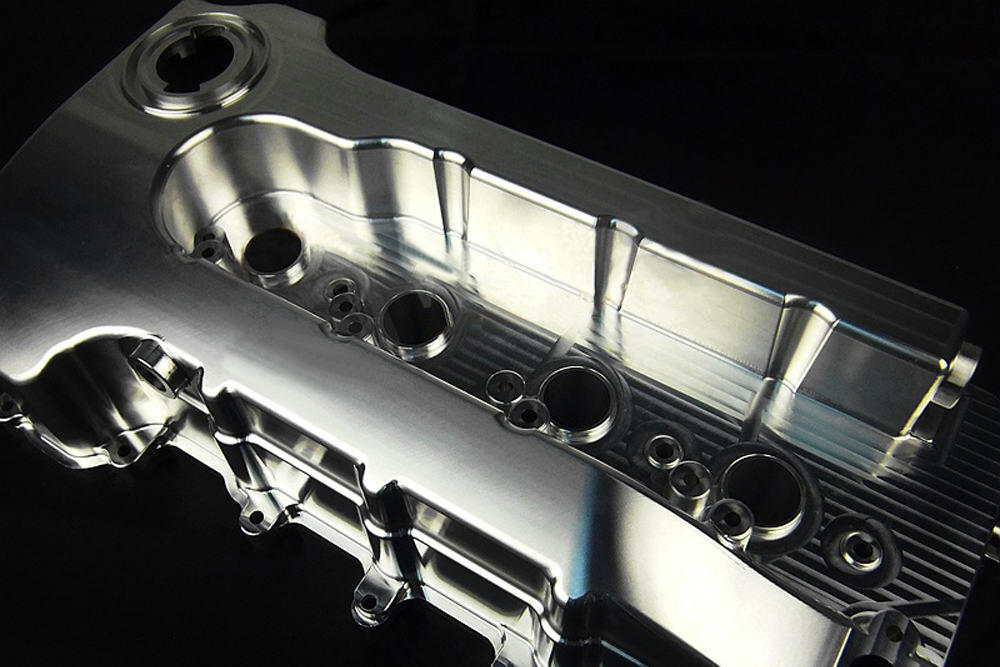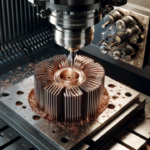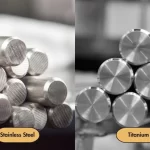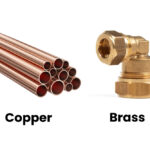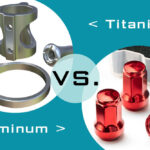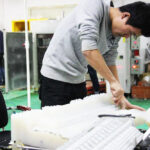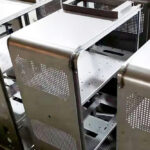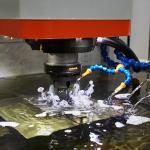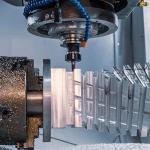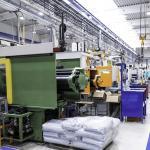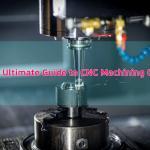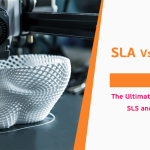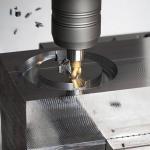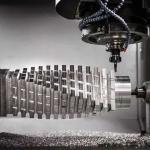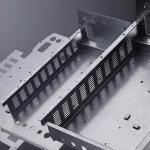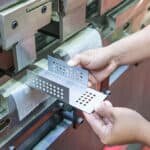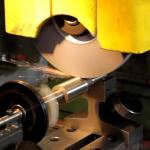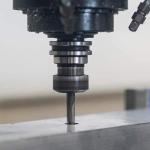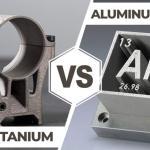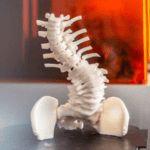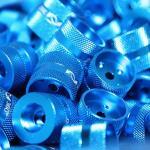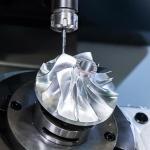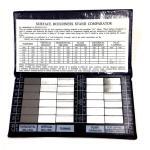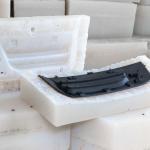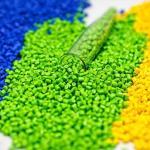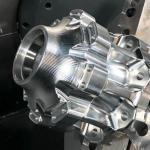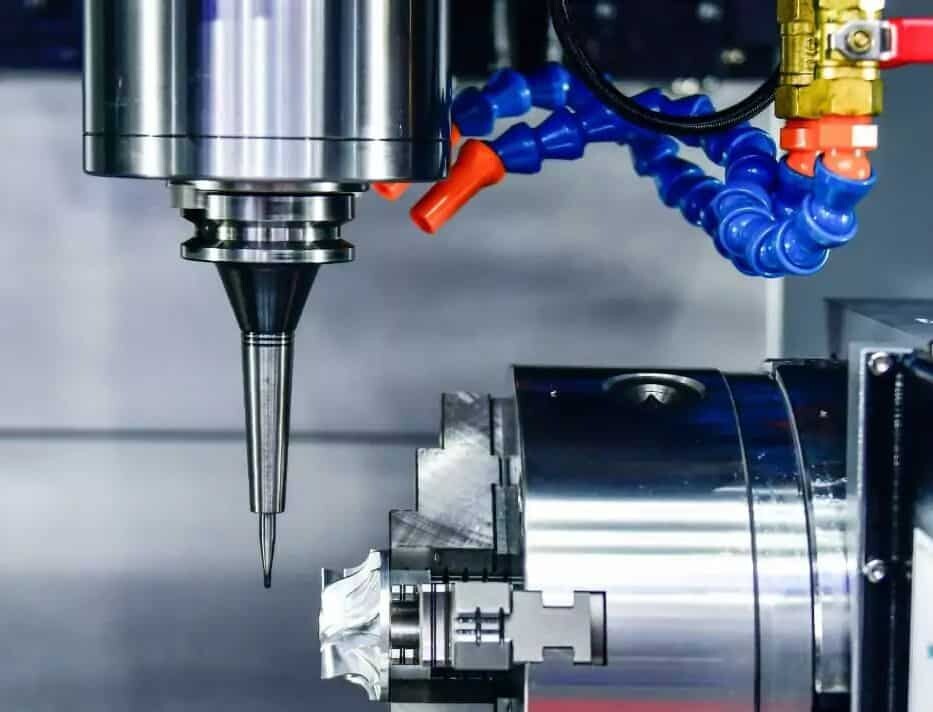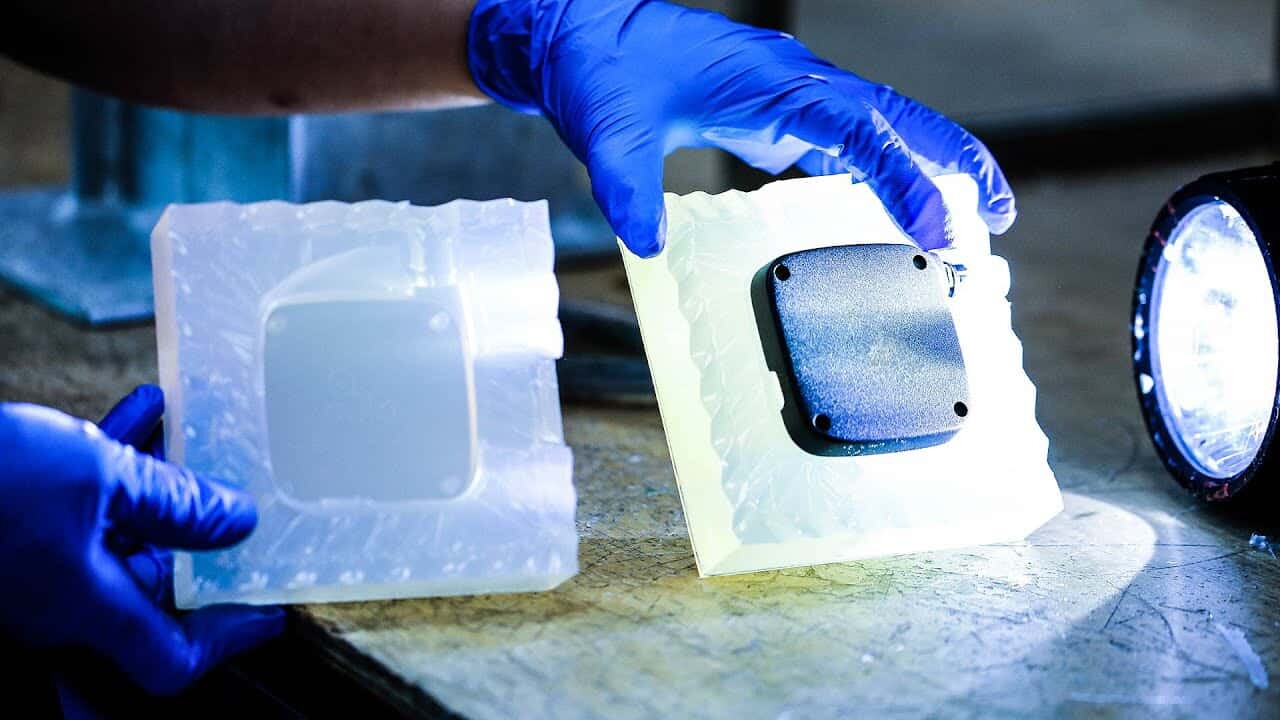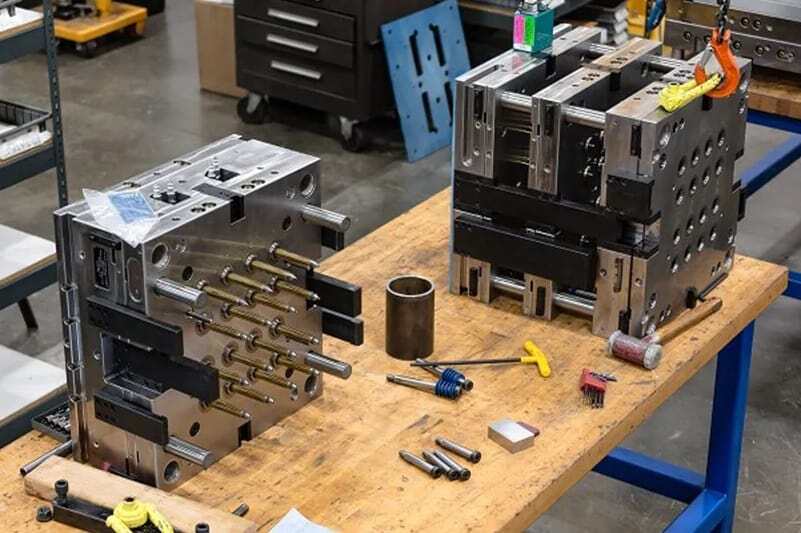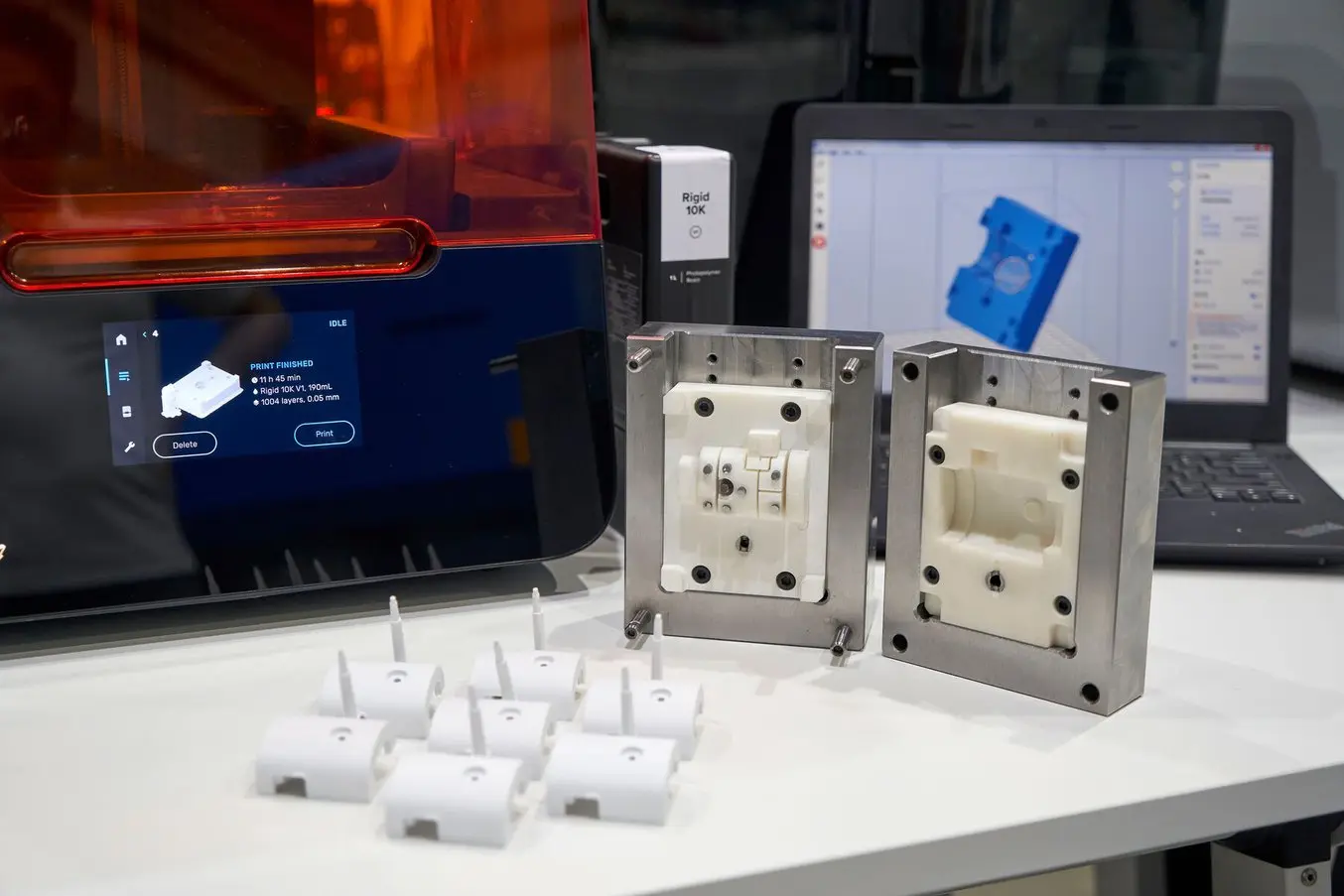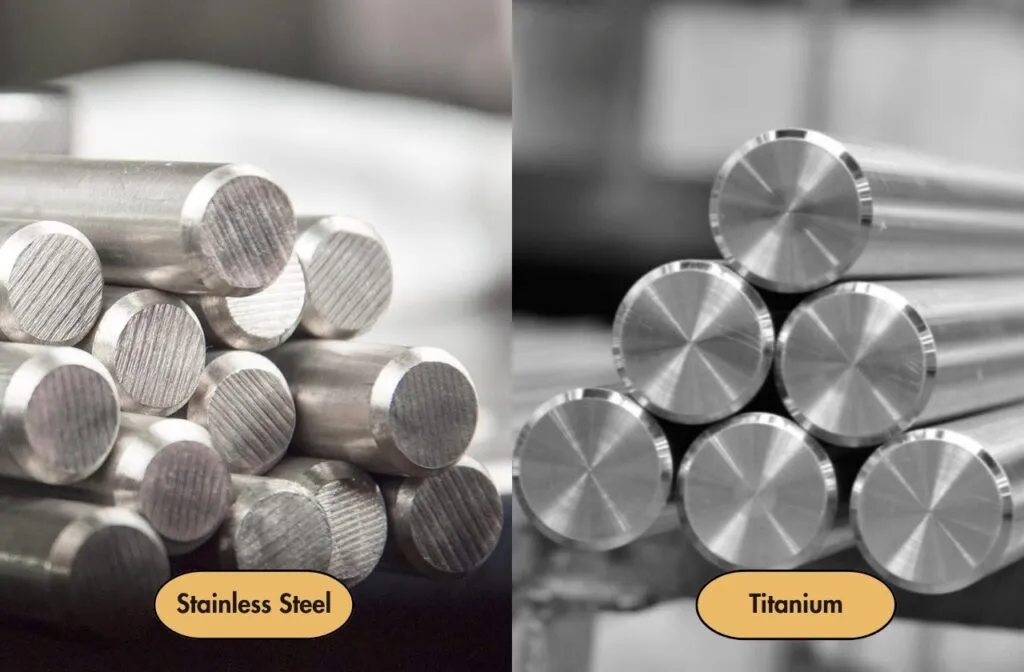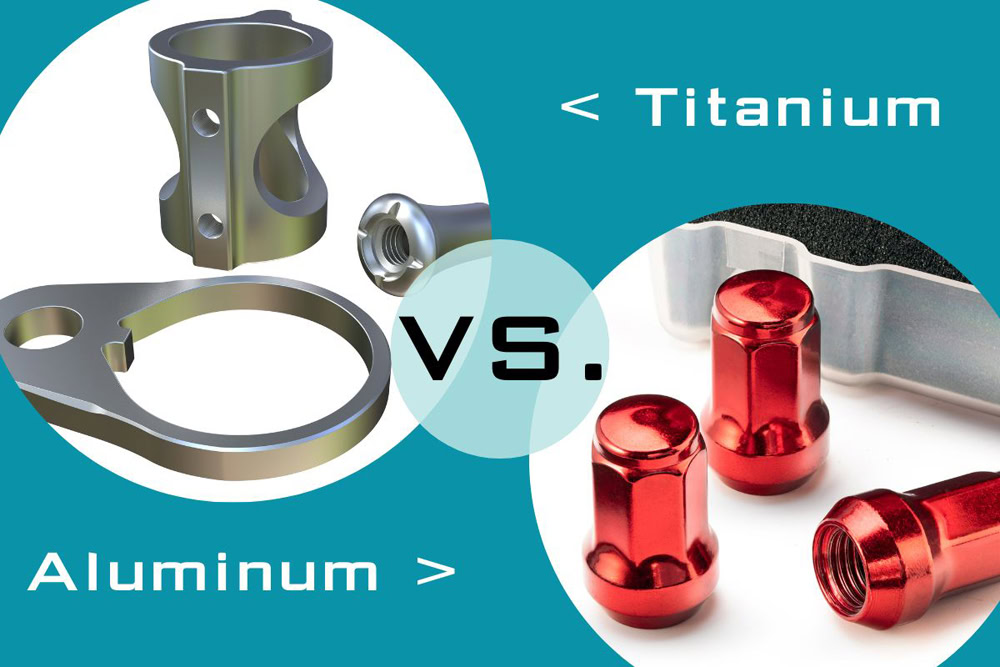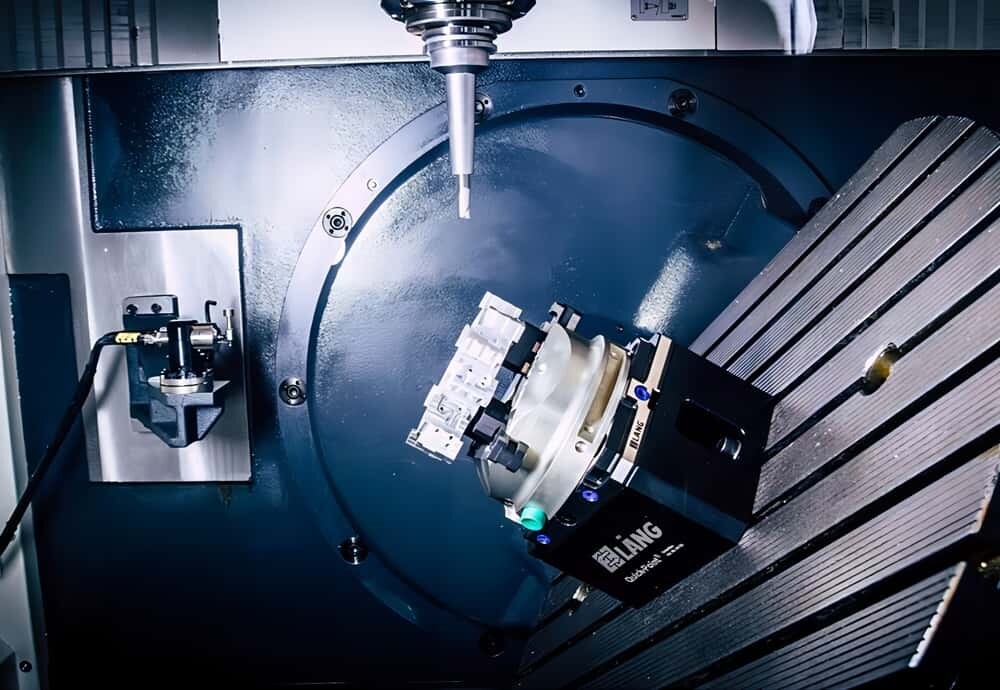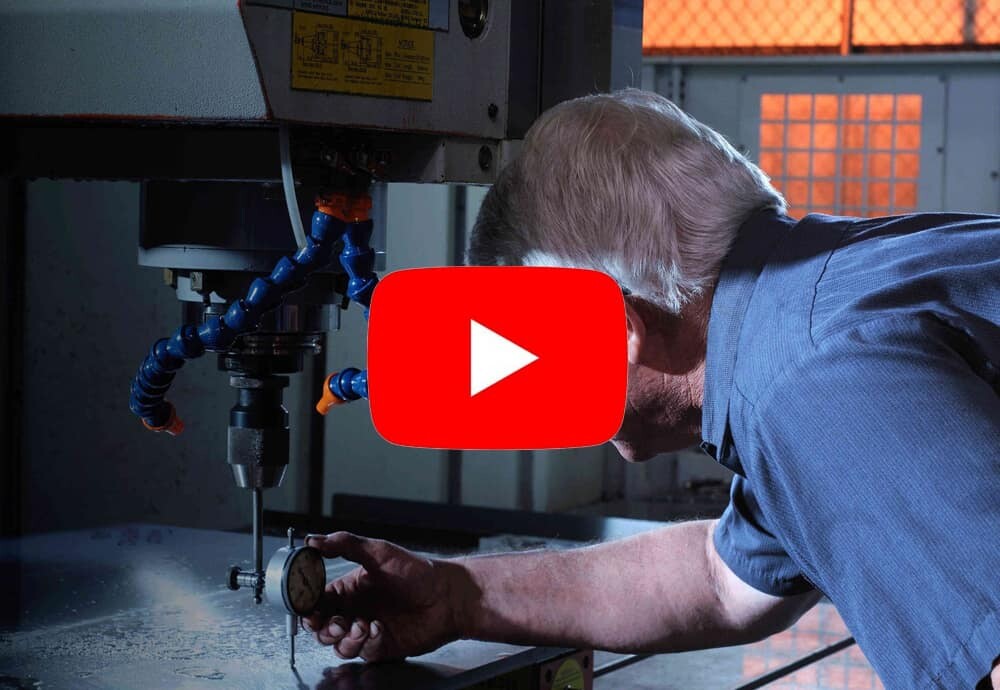Automotive prototyping is becoming increasingly popular among automakers and car enthusiasts. With the rise of technology and the demand for more advanced features, prototyping is necessary to ensure that cars are designed and developed to meet consumer needs and expectations. Automotive prototyping is an essential process in the development of cars and other vehicles. It allows designers and manufacturers to test and refine their designs before they go into production, resulting in higher-quality and better-performing vehicles. By understanding the different types of prototyping methods, benefits, and the prototyping process itself, you can develop a deep appreciation for the meticulous process that goes into car manufacturing.
Table of Contents
ToggleWhat is Automotive Prototyping?
Automotive prototyping is the process of creating a physical model of a car before it goes into production. This allows designers and manufacturers to test the vehicle’s design, functionality, and performance before producing it on a larger scale. Automotive prototyping can also help identify any flaws or issues in the design that may not have been visible in the initial drawings or digital models.
Rapid Prototyping in Automotive Industry?
Rapid prototyping refers to the process of creating a 3D prototype of a product using a computer-aided design (CAD) program. Rapid prototyping enables manufacturers to quickly and inexpensively test product designs, try out new components, and streamline production processes.For the automotive industry, rapid prototyping is essential for accelerating the design and manufacturing process. Automakers can design, test, and validate new models and parts more quickly than in the past. This speeds up the time to market while reducing costs associated with traditional prototyping methods. The benefits of rapid prototyping in the automotive industry include improved product quality, faster product development, and a more efficient manufacturing process.
1. Faster Product Development: It is no surprise that rapid prototyping is the key to faster product development. Traditionally, developing new prototypes could take several weeks or months, but with rapid prototyping, it is possible to create prototypes in a matter of hours or days. This helps manufacturers to innovate quickly, adapt to changing market demands, and stay ahead of competitors.
2.Cost-Effective Development: Rapid prototyping helps manufacturers save money by enabling them to create multiple iterations of a product before it is finalized. The process helps manufacturers to identify and fix design flaws early in the product development stage, which can be expensive to fix later on. By catching issues earlier, manufacturers can reduce the number of expensive design changes needed in later stages of development.
3. Improved Design Quality: Rapid prototyping allows designers to work closely with engineers to create prototypes quickly. This helps to refine designs, making them more functional and reliable. Rapid prototyping also helps to identify potential design problems, ensuring that the final product is of the highest quality.
4. Enhance Customer Engagement: Rapid prototyping allows manufacturers to get feedback from customers on a product’s design earlier in the development process. This feedback can be incorporated into the design, ensuring that the final product meets customer needs and expectations. By adopting a customer-centric approach, manufacturers can create products that are more likely to succeed in the market.
5. Time to Market: Rapid prototyping enables manufacturers to bring products to market faster. By creating several iterations of a product, manufacturers can refine designs and functionalities, increasing the likelihood of the product meeting customer needs. The faster the product development process, the faster a product can be brought to market, which is essential in a highly competitive industry like automotive manufacturing.
Rapid Manufacturing Technology For Automotive Prototyping
Rapid manufacturing technology is a manufacturing process that focuses on the creation of physical objects quickly and cost-effectively. It is achieved using 3D printing technology, Additive Manufacturing (AM), or Computer Numerical Control (CNC) machining, with the use of CAD files. The process is also known as rapid prototyping and allows automotive designers and engineers to create functional and intricate prototypes within days instead of weeks. This technology is also particularly valuable in the automotive industry because it allows for better tolerances and precision in the production of parts that are critical for automotive functionality.
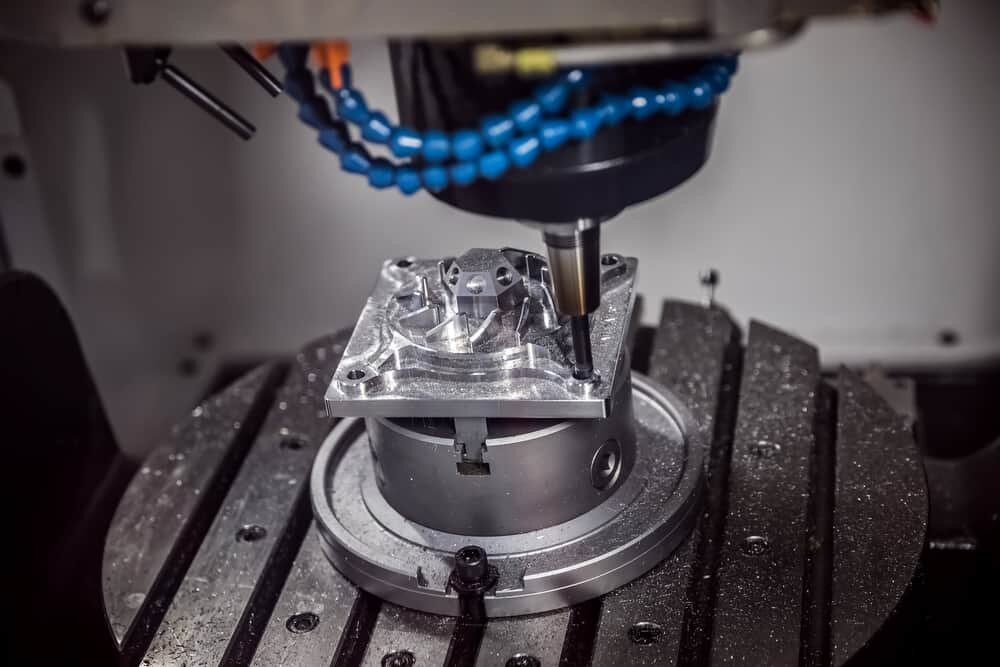
CNC Machining For Automotive Prototyping
When it comes to automotive prototyping, precision and quality are paramount. This is where CNC (Computer Numerical Control) machining comes in. CNC machining is a process where computer-controlled machinery precisely cuts materials to create parts, components, and products. It is a cost-effective and efficient method of automotive prototyping because it allows for high-volume production runs while maintaining consistent quality. CNC machining for automotive prototyping is cost-effective compared to other forms of manufacturing. CNC machines are computer-controlled and do not require physical tool changes, making the process faster and more efficient. This efficiency translates to cost savings for manufacturers, which results in reduced production costs of automotive components.CNC machining provides versatility in material selection. It is capable of cutting a wide variety of materials, including metals, plastics, and composites, allowing automotive designers and engineers to choose the most suitable materials for their products.
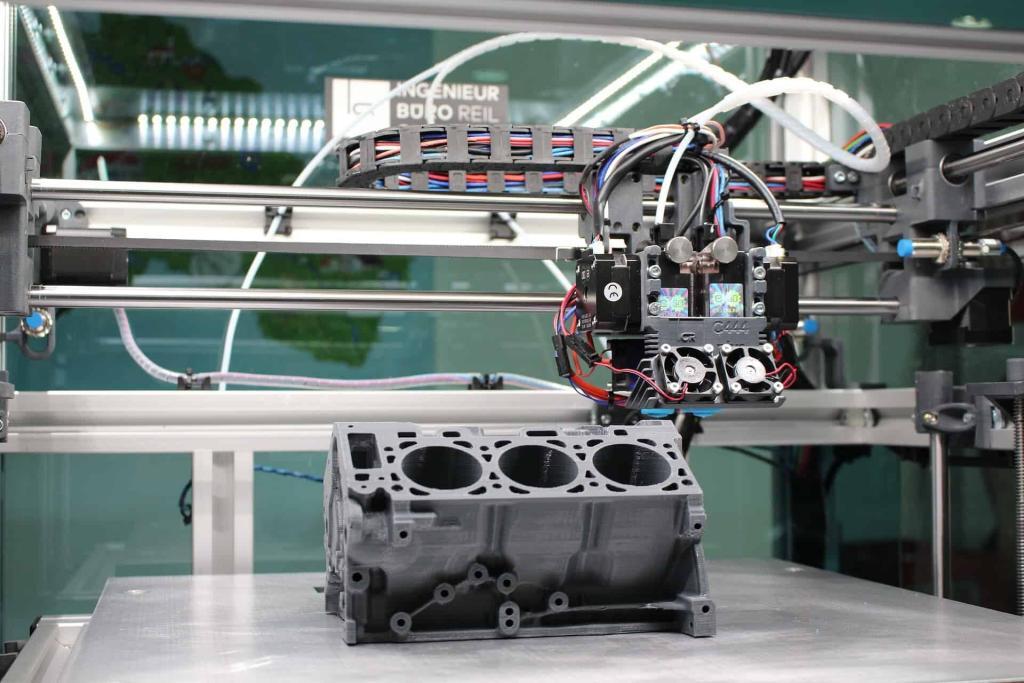
3D Printing For Automotive Prototyping
3D printing technology is excellent for creating prototypes because it allows for faster and more efficient design iterations.However, with 3D printing, companies can produce multiple iterations of a prototype within a short timeframe, thus saving costs and time. It also allows for designers to work more flexibly as they can iterate on a design in real-time.3D printing offers unparalleled customization abilities. It is now possible to create specialized parts and components for vehicles, such as interior car designs, in any shape or size imaginable. 3D printing allows for flexibility in material choice, for example, it is possible to print with metals, plastics, and carbon fiber materials, giving designers the freedom to create unique parts with desirable attributes. The 3D printing machines can produce complex internal structures that would have been unachievable using the traditional manufacturing process, thus making components stronger and lighter. In addition, 3D printing allows for the creation of thin-walled structures for weight reduction and optimization.

Vacuum Casting For Automotive Prototyping
Vacuum casting is an ideal prototyping technique for the automotive industry due to its cost and time efficiencies. One of the biggest advantages of vacuum casting is its ability to produce high-quality prototypes that match the properties of the final product. It allows manufacturers to make design changes quickly without affecting the production schedule. Vacuum casting also makes it possible to produce complex parts with intricate features, that would be challenging or impossible to achieve with other methods. Vacuum casting has several automotive applications, ranging from small parts to entire assemblies. It is ideal for producing parts like bumpers, spoilers, grilles, lighting, and interior components such as dashboard knobs, switches, or buttons. Vacuum casting has proven particularly useful in rapid prototyping of electric vehicle components such as battery housings and electrical connectors as well.The versatility it offers regarding materials used, color, texture, transparency, and resistance lends itself to different automotive applications. By investing in vacuum casting, automotive manufacturers can not only shorten lead times for production but also enhance the quality of the end products.
Selecting Materials for Automotive Prototyping
When it comes to automotive prototyping, selecting the right materials is crucial for the success of your project. The chosen materials will affect the durability, strength, weight, and overall functionality of your final product. Plastic, metals, composites, rubber, and ceramics are all suitable materials, each with its own pros and cons. It’s important to conduct proper analysis and testing of different materials to choose the best fit for your project, and if you’re unsure, consult with an experienced prototyping company. By taking the time to research, analyze, and select the right materials, you’ll be able to create high-quality and reliable prototypes that will withstand the rigors of the automotive industry.
1. Plastics: Plastics are one of the most common materials used in automotive prototyping due to their versatility and affordability. They come in a wide range of resin types, with each having distinct properties such as impact resistance, stiffness, and chemical resistance. ABS (Acrylonitrile Butadiene Styrene) is a popular choice as it boasts good mechanical strength, low cost, and excellent impact resistance. Another good option is Polypropylene, which has excellent chemical resistance, low density, and good stiffness. Keep in mind that plastics can warp under high temperatures and take longer to machine, and they may not be suitable for parts that require high loading.
2. Metals: Metals are strong, durable, and ideal for parts that require high strength and stiffness. Aluminum is a popular choice for lightweight components due to its low density and high strength-to-weight ratio. Steel, on the other hand, is a suitable material for parts that require high impact resistance and can withstand high temperatures. However, metals are expensive and can be difficult to machine, requiring specialized tools and expertise. Some other factors to consider include the corrosion and rust resistance, conductivity, and fatigue strength of the metal you select.
3. Composites: Composites are composed of two or more materials, typically fibers such as carbon or glass, embedded in a matrix such as epoxy or polyamide resin. Composites have high stiffness, strength, and durability, making them ideal for high-performance automotive parts that require excellent mechanical properties. They also offer the advantage of design flexibility as they can be tailored to suit specific shapes and configurations. However, composites are expensive, time-consuming to produce, and require specialized tools for machining. It’s important to analyze the mechanical properties of different composite types to choose the best fit for your prototype.
4. Rubber and Elastomers: Rubber and elastomers are ideal materials for components that require flexibility, shock absorption, and sealing properties. Rubber has high thermal stability, excellent resistance to chemicals and oils, and can withstand extreme temperatures. Elastomers, on the other hand, are more flexible than rubber and can handle strain, shear, and compression. However, they may not be suitable for high-stress applications as they can easily deform under high loads.
5. Ceramics: Ceramics are ideal for applications that require high-temperature resistance, corrosion resistance, and wear resistance. They offer excellent thermal and electrical properties and are highly resilient to extreme temperatures. However, ceramics are brittle and can easily succumb to cracking or breaking under high shock, impact, and stress. Ceramics are also expensive and require specialized equipment for machining.
Prototyping Application In Automotive Industry
The automotive industry is always on the lookout for new ways to improve their products and offer customers more innovative and advanced features. Prototyping applications have emerged as a key driver of this innovation, helping automotive designers and engineers create better vehicles for the future.
Manufacturing an Appearance Automotive Prototype
Step 1: Concept Development.The first step in manufacturing an appearance automotive prototype is to develop the concept. This is the conceptualization of the idea behind the prototype. During this stage, it’s crucial to gather insights into what the prototype should look like, how it should function, and what materials should be used. Once you have a clear understanding of the concept, you should sketch out the design or hire a professional to create a 3D rendering.
Step 2: Material Selection.After the concept has been finalized, the next step is to choose the materials that will be used to create the prototype. Careful selection of materials is essential to ensure that the prototype looks and feels like the real thing. During this stage, engineers evaluate the materials’ resistance to wear and tear, weather conditions, and safety standards. The prototype must be made of materials that can withstand the harsh conditions of the road, as well as being malleable and lightweight enough to be molded into the desired shape.
Step 3: Prototyping.Once the concept and materials have been established, the prototyping stage begins. During this stage, the prototype is created using the chosen materials. 3D printing and CNC machining are common techniques used to build the prototype. It’s important to ensure that every detail is accurately captured in the prototype, from the curves to the angles, to give the appearance of the real thing.
Manufacturing a Automotive Structural Prototype
Structural prototypes are vital for testing the integrity and safety of any automobile’s structure. A structural prototype is designed to verify how a vehicle’s various components work together, to determine if the structure is durable enough and safe for passengers. Techniques such as crash testing and finite element analysis (FEA) are used to evaluate structural performance and ensure that drivers and passengers remain safe while traveling on the road.
Manufacturing a Automotive Functional Prototype
Manufacturing an automotive functional prototype is a crucial step in the process of bringing a new vehicle to market. By creating a functional prototype, manufacturers can test a vehicle’s performance, ensure its mechanical and electrical systems are working correctly, and make necessary adjustments before beginning production.
How to choose a trustworthy Automotive prototype manufacturer
Choosing the right automotive prototyping services provider is critical to the success of your project. Keeping these tips in mind when selecting a provider can help ensure that you end up with a high-quality automotive prototype that meets your specifications. Remember to look for a provider who has experience, produces high-quality work, uses the latest technology, values collaboration, and has a reputation for meeting deadlines. With the right prototyping services provider, you can take your automotive design to the next level and stay ahead of the competition.
1. Experience.Look for a prototyping services provider who has extensive experience in automotive prototyping. An experienced provider will have a deep understanding of automotive design and engineering. They should understand the nuances of the industry, such as regulations, materials, and the manufacturing process. An experienced provider will also be able to identify potential issues before they arise, saving you time and money.
2. Quality.Quality is an essential factor when it comes to automotive prototyping. You want to ensure that your automotive prototype meets the highest standards in terms of precision, accuracy, and durability. Ask the provider about their quality control processes and their track record in producing high-quality prototypes. A reliable provider should be able to provide you with references and samples of their work.
3. Technology. Automotive prototyping services providers should have the latest technology and equipment to produce high-quality prototypes efficiently. Look for a provider who uses cutting-edge software, hardware, and materials to create your prototype. Working with a provider who has the latest technology will ensure that your prototype is accurate, efficient, and cost-effective.
4. Collaboration. Collaboration is crucial when it comes to automotive prototyping. You want to work with a provider who is willing to listen to your ideas and work with you to create a prototype that meets your specifications. A good provider will communicate with you throughout the process, providing updates and seeking your feedback. Working with a provider who values collaboration will ensure that you end up with a prototype that meets your exact needs.
5. Turnaround Time. Time is of the essence when it comes to automotive prototyping. You want to work with a provider who can produce your prototype quickly without sacrificing quality. Look for a provider who has a track record of meeting deadlines and can provide you with a realistic estimate of how long your prototype will take to produce.
Conclusion
In the automotive industry, speed and precision are crucial in the design and development process. With the emergence of advanced tools and techniques like CNC machining, 3D printing, and vacuum casting, rapid prototyping has become a vital component for car manufacturers. It enables them to validate and refine their designs, minimizing risks, curtailing costs, and guaranteeing top-tier vehicle quality.To create prototypes that embody the aesthetics, structural integrity, and functionality of a vehicle, it is imperative to choose the right materials. The materials selected should be able to withstand the harsh conditions that vehicles are often subjected to while ensuring affordability. Furthermore, the properties of the material should also align with the intended use of the component. For example, materials used in the prototype of safety components should be able to withstand high impact forces. Additionally, when these materials are deployed correctly, they can help to reduce manufacturing costs by optimizing the design.
The impact of prototyping is far-reaching in the automotive industry, as it covers several realms such as electric vehicles, autonomous drive technology, intricate interior design, and next-gen safety systems. Electric vehicles, for example, require intricate customization to ensure that the battery pack fits in the chassis while still providing enough cabin and trunk space for passengers and cargo. This can be achieved through prototyping, which enables designers to create several models to find the optimal shape, size, and placement for the battery pack.
Partnering with the right prototype services provider is also paramount in the prototyping journey. Engaging with a provider that is tailored to your unique project needs ensures that your automotive prototypes resonate with excellence. The right partner enables manufacturers to streamline the prototyping process, allowing for quick design alterations, timely feedback, and effective communication. This collaboration guarantees that the prototype perfectly matches the intended design of the vehicle while ensuring that it performs its intended function.
